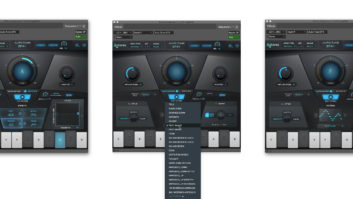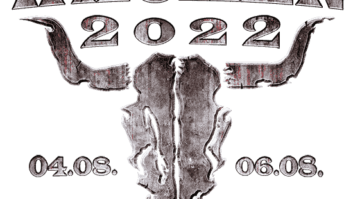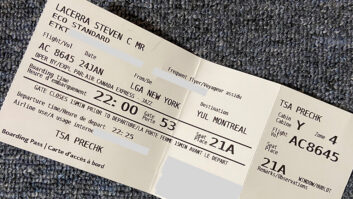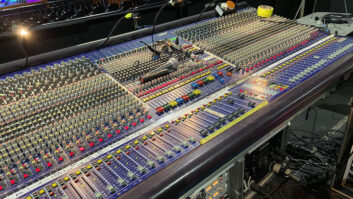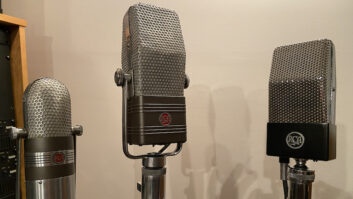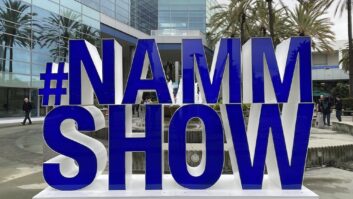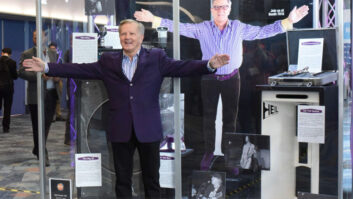By Mike Levine, Mix Technology Editor, Studio
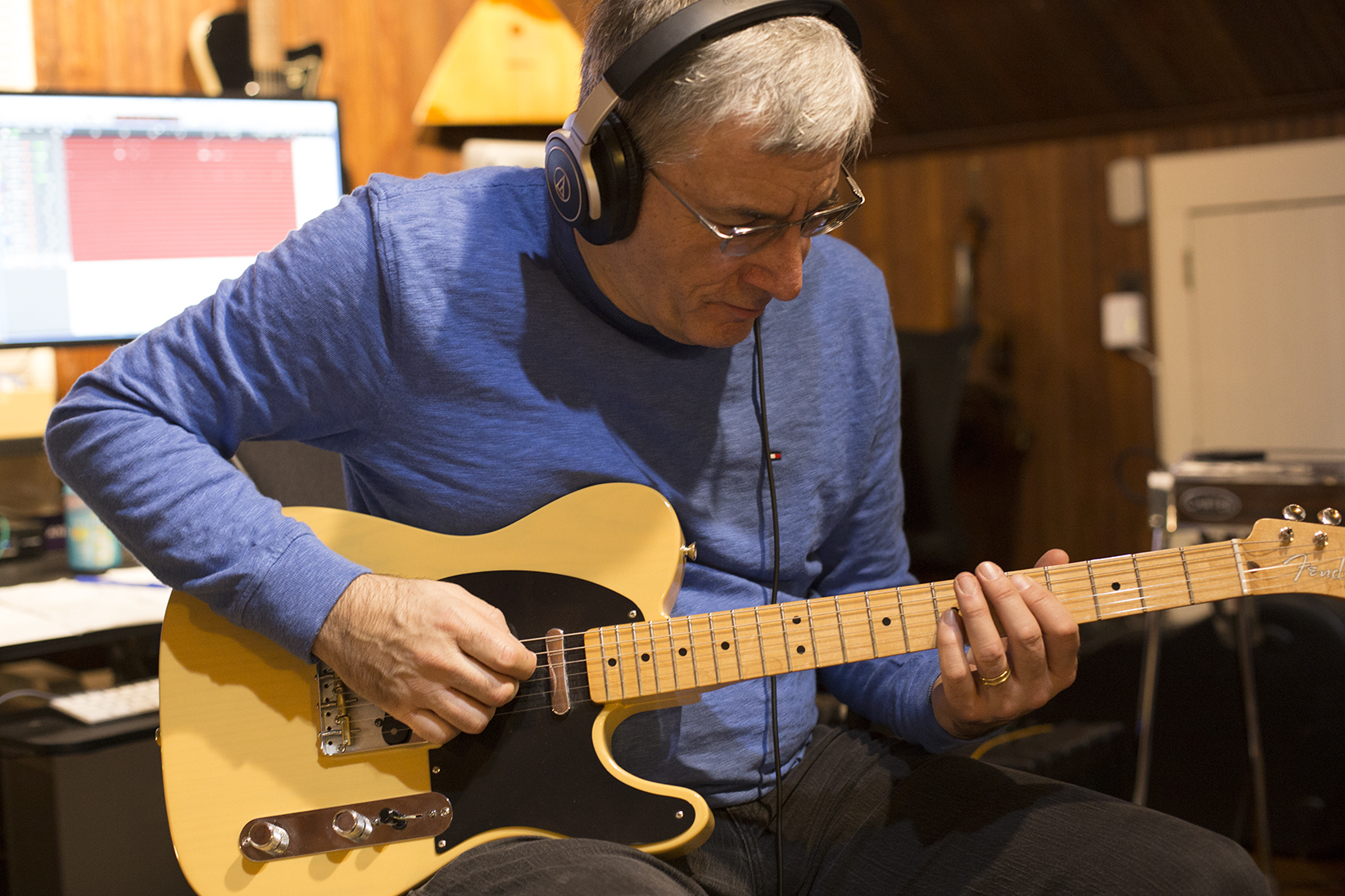
Hype Not Necessary: If you’re looking to buy a new audio interface, your choices are plentiful. And as you might expect in any competitive market, some exaggeration occurs in the marketing of the products. I don’t say that to knock the interfaces themselves, which, as a whole, are excellent. But some of the ways their features are advertised can be confusing and even misleading to potential customers.
Let’s start with I/O numbers. Many interfaces have digital expansion ports, typically in ADAT format, and those potential connections are included in the I/O count and given the same weight as the analog connections. For example, an interface with four analog XLR/1/4-inch combo inputs, four additional analog line inputs and one ADAT optical input would be billed as having 16 inputs—eight analog plus eight ADAT.
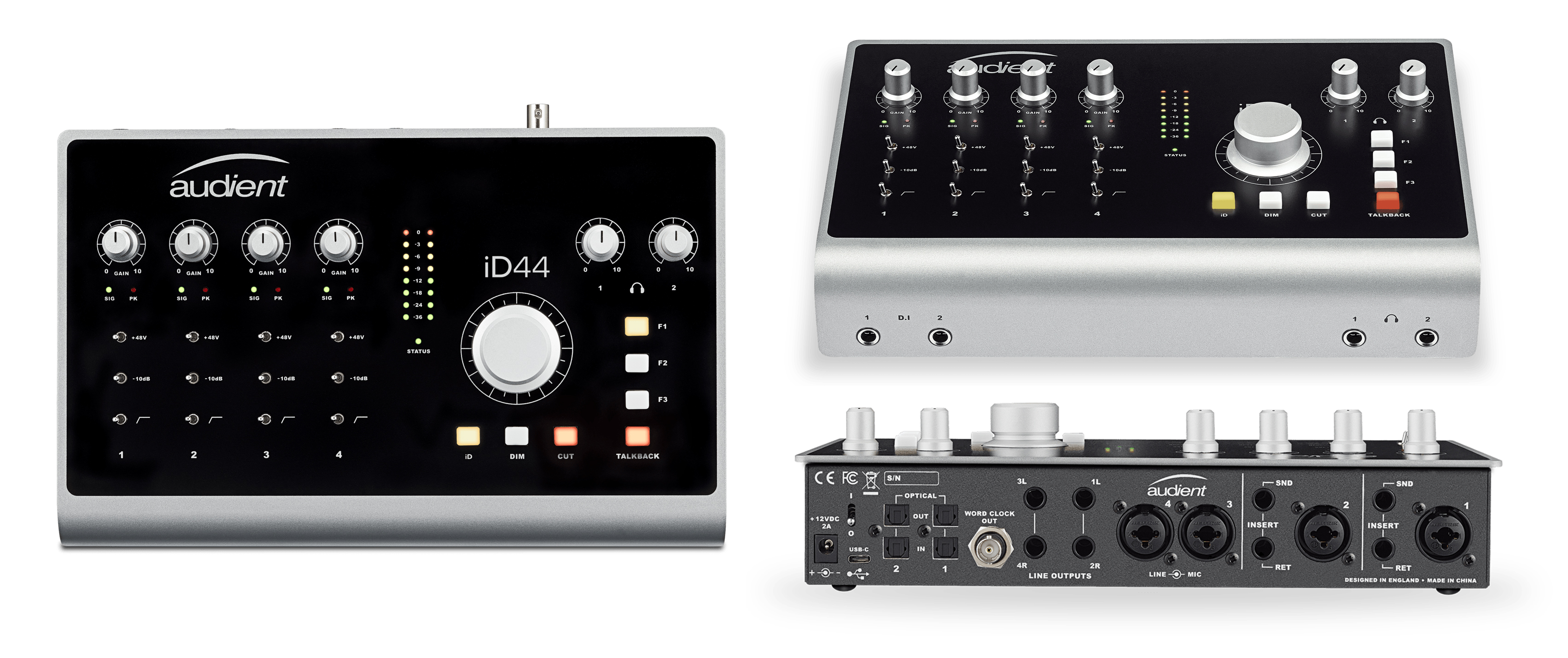
Here’s my beef with that: Those ADAT inputs are more like potential inputs than actual ones. To use them, you need a second piece of gear with ADAT I/O, such as another interface or a mic pre unit, to which you’d connect your sources. Then you’d plug the ADAT output of the second unit to your original interface’s ADAT input to bring those signals into your interface. To equate the ADAT input with its analog counterparts, which can be used directly with sources, is misleading.
The ADAT inputs should be considered expansion ports, rather than inputs, if you ask me. A more accurate way to advertise such an interface’s input spec would be “8(8)” or “8+8,” or something to that effect, which would indicate that there are eight actual and eight potential inputs.
The same is true on the output side. Again, we’re talking immediately usable versus potentially usable, providing you have additional equipment.
Excellent new interfaces are coming out all the time, and there’s no need to hype them. Let them stand on their features and sound quality, which, by and large, are outstanding and continually improving.
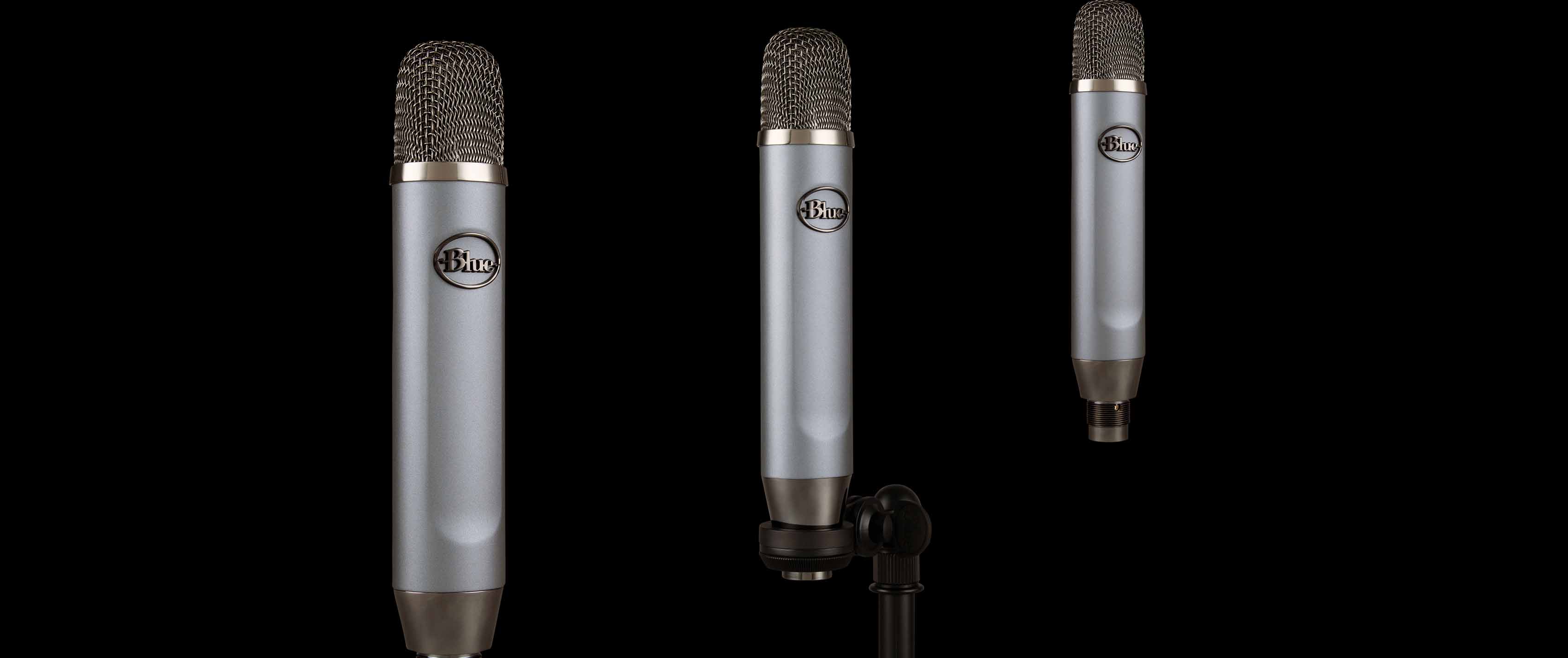
Product of the Month: Blue Microphones Ember: Okay, I know what you’re going to say. “This is Mix. You’re focused on pro audio. What are you doing covering a $99 large-diaphragm cardioid condenser mic aimed primarily at podcasters and YouTubers?” Well, Blue does make a lot of great mics, so why not give it a try?
Put simply: it sounds great. I connected to my DAW through one of the mic inputs of my RME Fireface 802, which are pretty transparent. I tried it with vocals. I recorded an acoustic-guitar slide part. I tried a mandolin. Then Dobro. Same result with all of them. Maybe not as fat on the bottom as some other mics I use, but warm and clean on the top. It also nicely reproduced the midrange, which is where a lot of a Dobro’s tone resides. When it comes to value, Ember is off the charts— it’s way more than a podcast mic.
By Steve La Cerra: Mix Technology Editor, Live
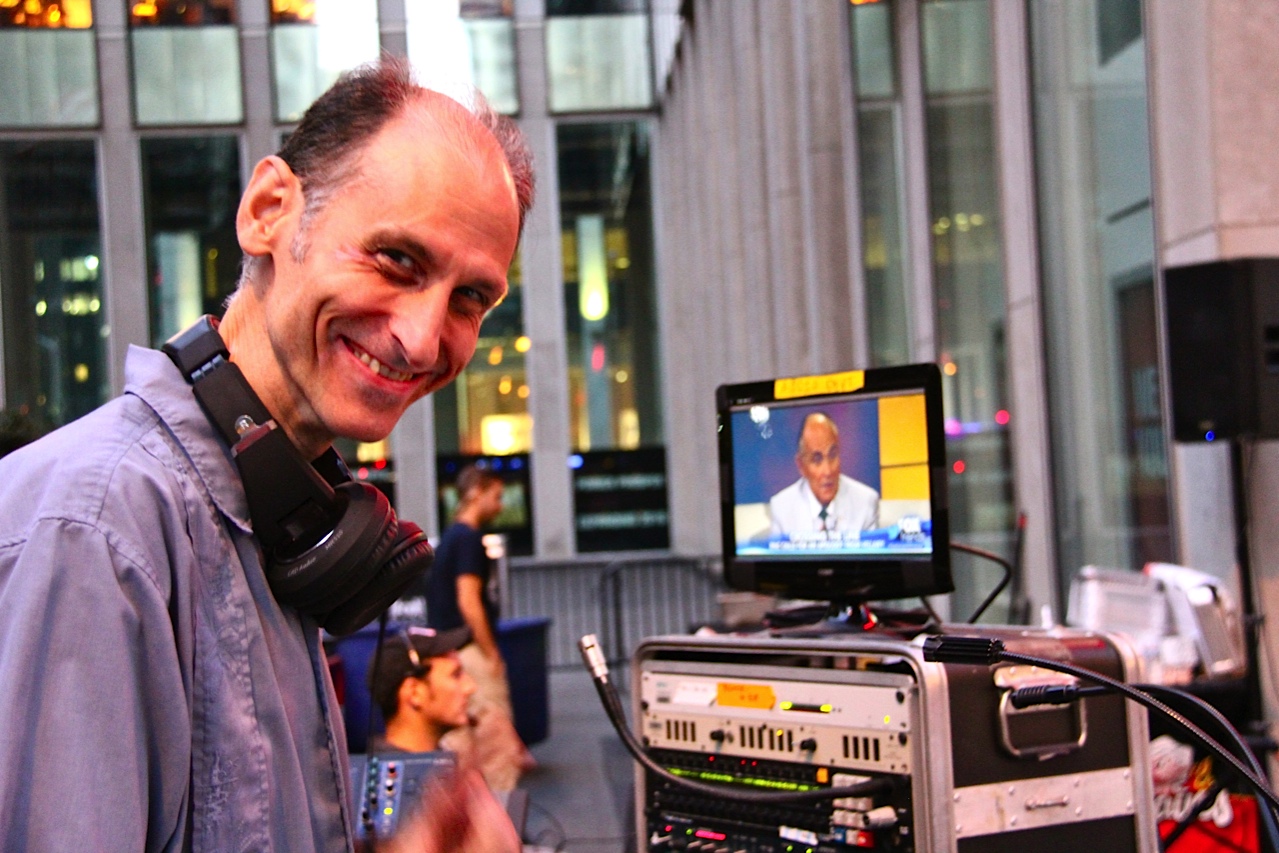
A Tale of Two P.A.s (In the Same Room): I recently worked the O2 Institute in Birmingham, England. Originally constructed in the early 1900s as a Methodist congregational chapel, the building was bought by the city of Birmingham in 1955 and used as a civic hall. It later became a live performance venue and has since become an essential part of Birmingham’s music community.
The room is squarish in shape, with the stage in the center at one end and the mix position underneath the three-sided, U-shaped balcony at the opposite end. Capacity of the venue is around 1,500. The balcony is rather low, with a floor-to-ceiling height around nine feet. It slopes upward, conforming to the rake of the balcony seating. As a result, the arrangement of the P.A. is rather unconventional.
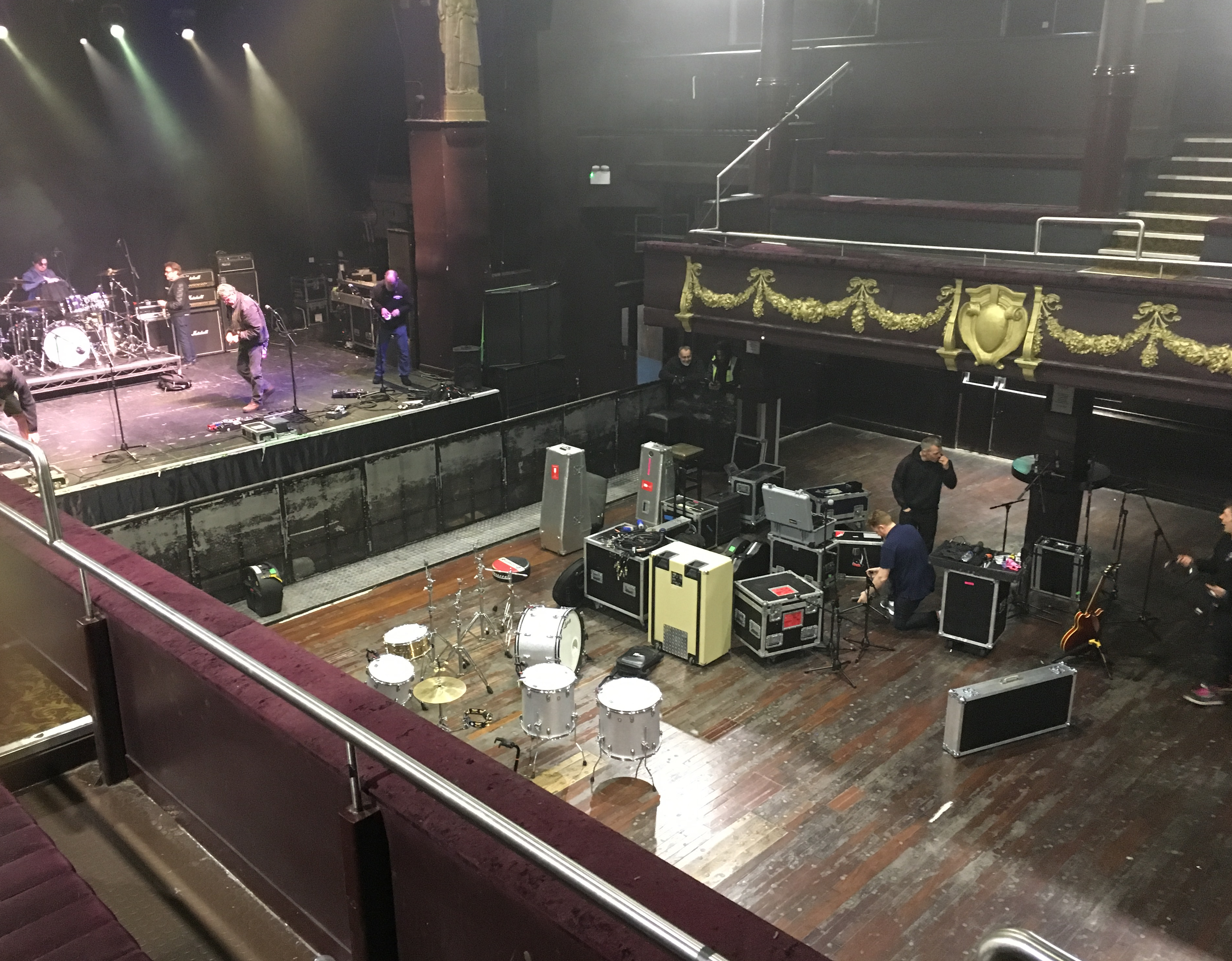
A ground-stacked system covers the main floor, consisting of six Turbosound Aspect TA880H mid-high enclosures (three per side), eight Turbosound TSW218 subwoofers (four per side), and two d&b Audiotechnik E9s for front fill. A second P.A. system consisting of ten Turbosound TFA600H Flex Array cabinets is flown five per side. The TFA600Hs are arrayed so that a minimum of direct sound reaches the patrons on the floor. This—coupled with the wide horizontal by narrow vertical coverage of the ground P.A.—almost creates separate zones within the room. You can hear the ground P.A. when you’re in the balcony, and you can hear the flown P.A. from the floor, though not nearly as much as you might expect.
Tuning the flown system proved the biggest challenge, as it required running upstairs, listening, coming back down, adjusting the array EQ, then running back up to hear the results. Where’s that iPad for system control??!! Meanwhile, the downstairs system was rocking away, with little to no need for EQ at soundcheck.
All in all, the two concurrent systems worked out surprisingly well. Now if we could only reduce the room’s natural reverb time….
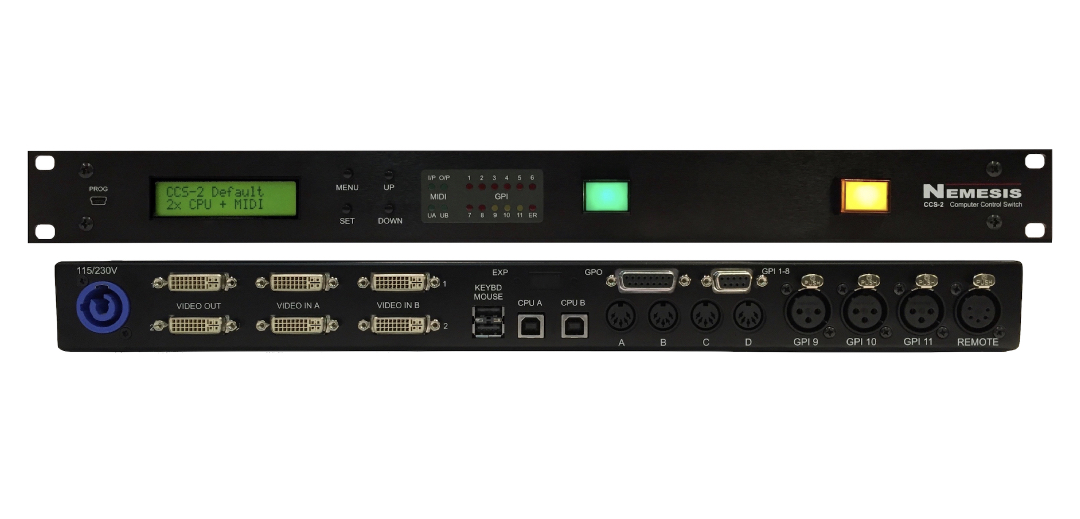
Product of the Month: Nemesis CCS2 Computer Control Switch: Here’s a great idea that’s long overdue: The CCS2 from Nemesis is a rackmount device that allows two computer systems to share a keyboard, mouse, monitor and distribution of GPI data and MIDI messages for control over both systems simultaneously.
Designed specifically for theater and live entertainment, where track playback from a computer-based DAW is integral to a production, the CCS2 offers Dante, MADI and ADAT switchers that can work in sync with the CCS2 to seamlessly switch between redundant audio sources. Rear-panel connections include USB A- and B-type, dual video input, and video output per CPU, four configurable MIDI ports, four GPIO programmable relays, 11 GPI inputs on D-sub and XLR jacks, and a connection for dual-redundant power supplies with input ranging from 115 to 230V.
